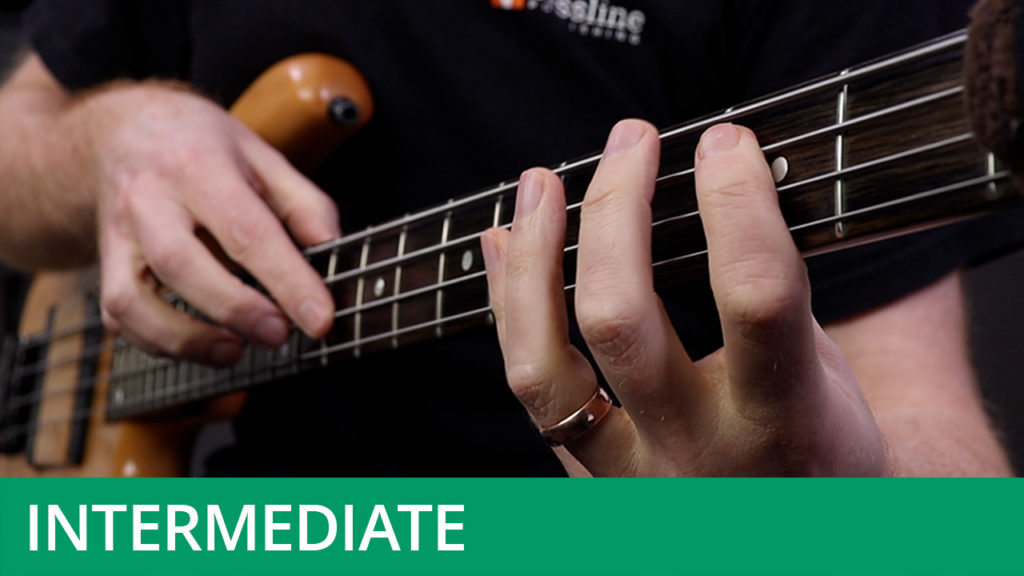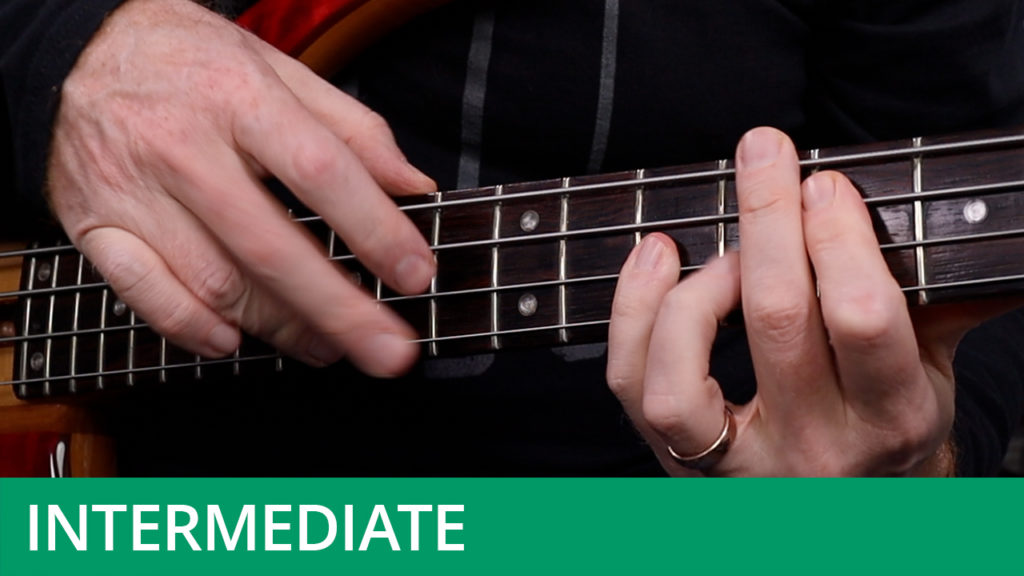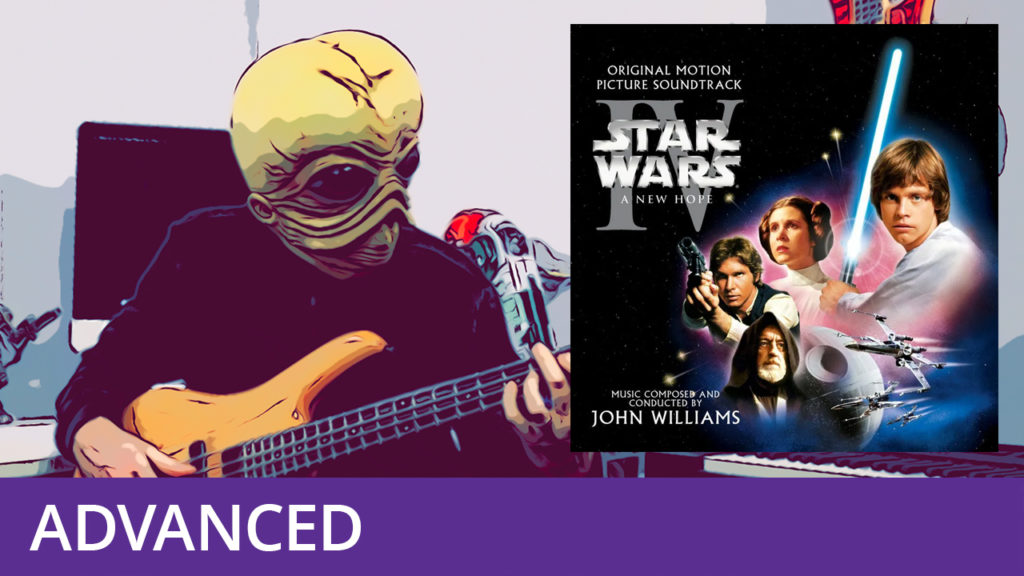Developing Rhythmic Independence
Course Duration: 55 Minutes | Difficulty Level: 4
This video course will cover the fundamental rhythmic independence techniques required for ‘contrapuntal’ playing. Playing contrapuntally means to play rhythmically independent lines with each hand. For example, your fretting hand might play a bassline, whilst your picking hand plays a melody, or some chords. This is a skill that pianists develop through the natural course of studying their instrument but is not one that most bassists will ever require. The course that follows this one will cover contrapuntal playing in a variety of different musical styles, and the exercises presented in this course will help you to develop the rhythmic independence required to play them.
This course contains ten exercises for you to work on. The first five of these consist of only one note in each hand – a G. This is because the focus here is going to be on rhythm, rather than pitch. These exercises may seem simple, but you are likely to find that they are deceptively difficult.
Don’t forget to hit the Download Resources button above in order to download the PDF worksheet and audio files for this course (available to subscribers only).




